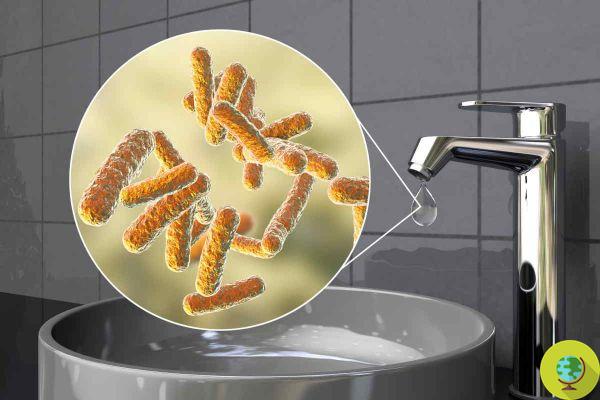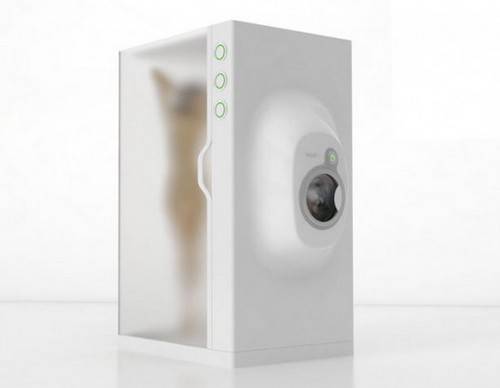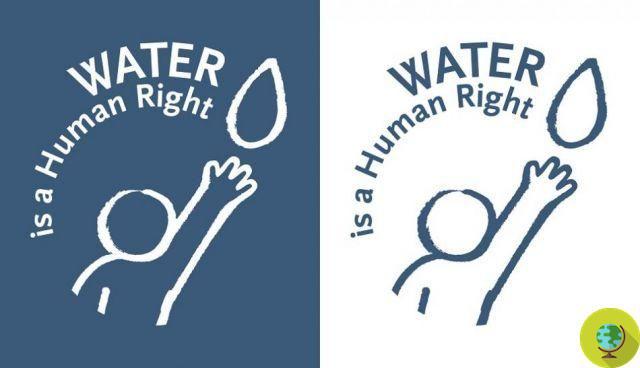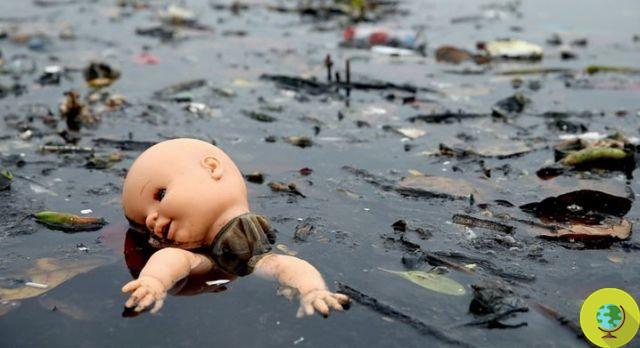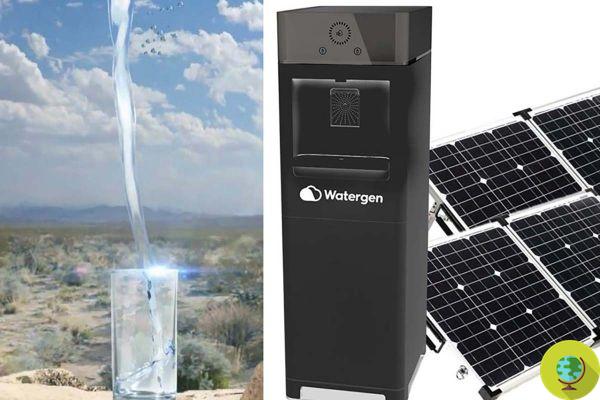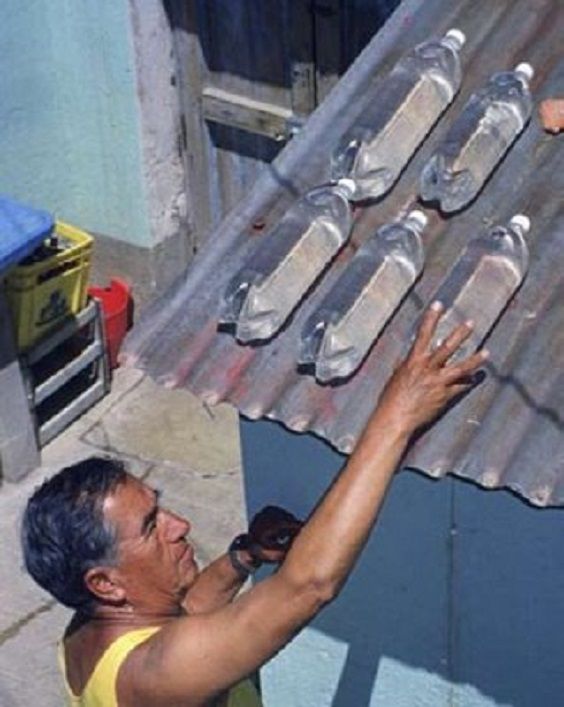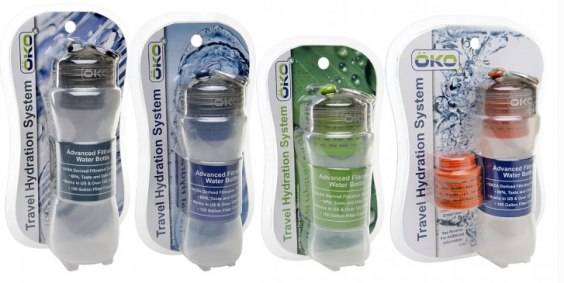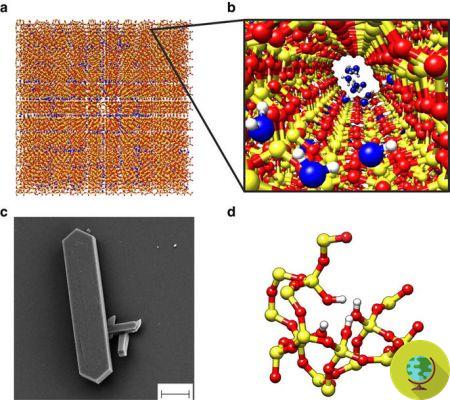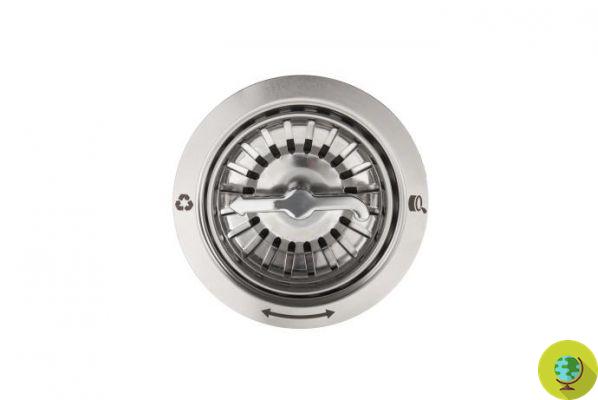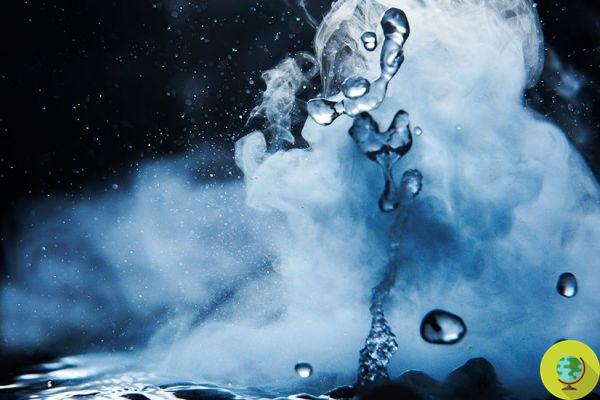
Even from nothing you can get water. Or rather from what is there but you can hardly see it. Mist is the last source of blue gold provided by Earth. And the idea of using it to bring drinking water where it is lacking is from a group of scientists at MIT, who have devised a system that could provide drinking water to the driest regions of the world.
He is about to end up run over, his mother saves him
Even from nothing you can get thewater. Or rather from what is there but you can hardly see it. And the fog the last source of blue gold provided by the Earth. And the idea of using it to bring drinking water where it is lacking is from a group of scientists at MIT, who have devised a system that could provide drinking water to the driest regions of the world.
Imitating the nature identity, the researchers were inspired by the behavior of some plants and some insects, which out of necessity have devised ingenious strategies to obtain the water necessary for life, keeping it from the mist that moves from the oceans.
Scientists of the MIT, in collaboration with another team of Chilean researchers, have thus sought to mimic that trick on a much larger scale. In fact, the 'catch' of the fog it's not totally a new idea.
Systems that make use of this form of drinking water abstraction are already in use in at least 17 countries, but new research indicates that their efficiency in light fog conditions it can be improved by at least five times, making them much more practical and productive than existing versions.
Such mist collection systems generally consist of a vertical lattice, a sort of oversized tennis net. The key to efficient collection of tiny droplets is three basic parameters: the size of the filaments of the nets, that of the holes between these filaments and the coating applied to the filaments.
Most of the existing systems appear to be far from optimal according to the MIT researchers. Made with a type of plastic that is readily available and inexpensive, they do tend to have filaments and holes too large. As a result, they can only extract 2 percent of the water available in light fog conditions, while new research shows that a finer mesh could extract 10 percent or more. And more overlapping nets could further increase yield.
Detailed calculations and laboratory tests indicate that the best performance is obtained from one mesh made of stainless steel filaments about three to four times the thickness of a human hair, and with a spacing between the fibers equal to double. In this way, the small water droplets are able to slide more easily into the collection channel as soon as they form.
While the systems currently deployed in the coastal mountains of the Atacama Desert manage to produce a few liters of drinking water per day for every square meter of mesh, the new study, according to calculations, could produce it. up to 12 liters per day.
A one-year test is currently underway to study the durability and yield of water in different situations.
Francesca Mancuso
READ also:
The billboard that produces drinking water out of thin air
- Rainwater recovery: do-it-yourself systems





